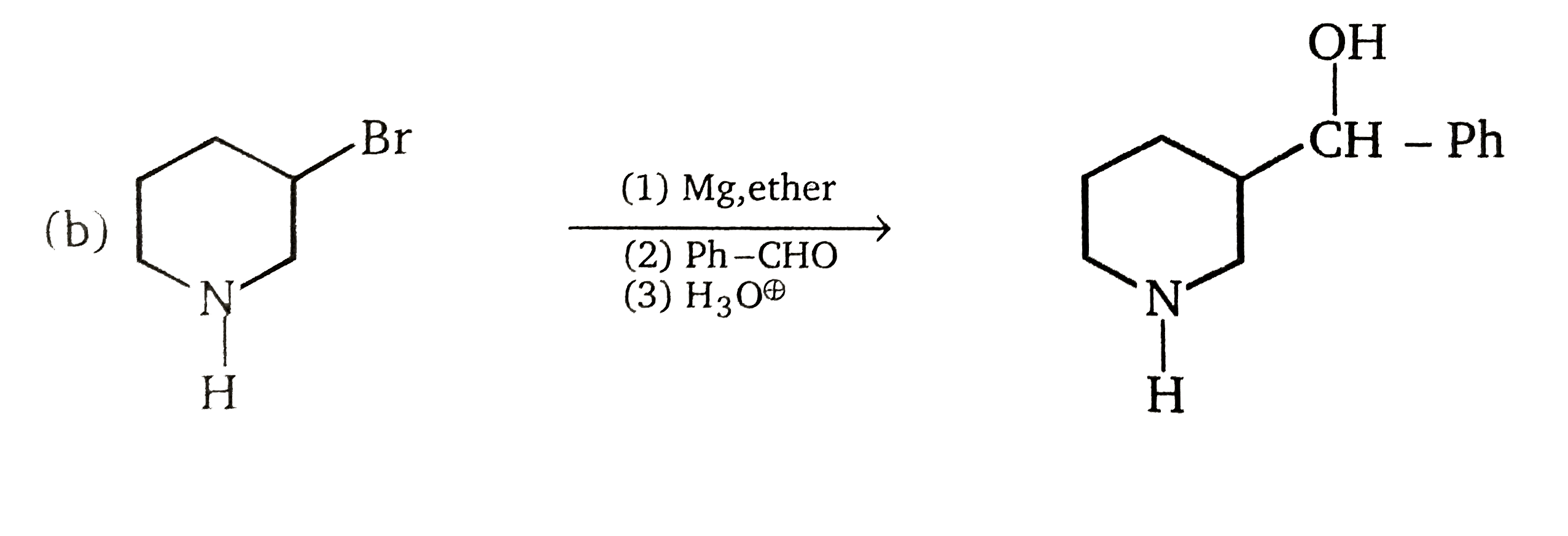Find out how Melvin Calvin worked out the complete biosynthetic pathway for synthesis of sugar.
Step-by-Step Solution:
1. Understanding the Context: Melvin Calvin was a prominent scientist who worked on the biosynthetic pathway for sugar synthesis in plants. His work primarily focused on the process of photosynthesis, which involves both light-dependent and light-independent reactions.
2. Experimental Setup: Calvin and his team conducted their experiments at the University of California. They used a radioactive isotope of carbon, specifically Carbon-14 (C-14), to trace the pathway of carbon during photosynthesis.
3. Labeling Carbon Dioxide: They supplied plants with carbon dioxide that was labeled with C-14. This allowed them to track how carbon from carbon dioxide was incorporated into organic molecules during the process of photosynthesis.
4. Observing Reactions: The researchers conducted their experiments under different conditions, focusing on both light and dark reactions of photosynthesis. This helped them understand the role of carbon dioxide in these two stages.
5. Killing the Plant for Analysis: After conducting the experiments, the live plants were killed to stop all metabolic processes. This was crucial for analyzing the products formed during photosynthesis without interference from ongoing reactions.
6. Analyzing the Pathway: The dead plant material was then analyzed to determine how the carbon from carbon dioxide was converted into sugars. This analysis revealed the complete biosynthetic pathway for sugar synthesis, including the light-independent reactions, commonly known as the Calvin Cycle.
7. Conclusion of Findings: Through their meticulous experimentation and analysis, Calvin and his colleagues successfully mapped out the pathway by which carbon dioxide is converted into sugars during photosynthesis, highlighting the significance of both light and dark reactions in this process.
Topper's Solved these Questions
- PHOTOSYNTHESIS IN HIGHER PLANTSBook:MODERN PUBLICATIONChapter:PHOTOSYNTHESIS IN HIGHER PLANTSExercise:NCERT FILE ( NCERT EXEMPLAR PROBLEMS ) (D . LONG ANSWER TYPE QUESTIONS )
Explore 13 Videos
- PHOTOSYNTHESIS IN HIGHER PLANTSBook:MODERN PUBLICATIONChapter:PHOTOSYNTHESIS IN HIGHER PLANTSExercise:HOTS HIGHER ORDER THINING SKILLS & BRAIN TWISTING ( VERY SHORT ANSWER )
Explore 7 Videos
- PHOTOSYNTHESIS IN HIGHER PLANTSBook:MODERN PUBLICATIONChapter:PHOTOSYNTHESIS IN HIGHER PLANTSExercise:NCERT FILE ( NCERT EXEMPLAR PROBLEMS ) (B. VERY SHORT ANSWER TYPE QUESTIONS )
Explore 12 Videos
- NEURAL CONTROL AND COORDINATIONBook:MODERN PUBLICATIONChapter:NEURAL CONTROL AND COORDINATIONExercise:Chapter Practice Test
Explore 11 Videos
- PLANT GROWTH AND DEVELOPMENTBook:MODERN PUBLICATIONChapter:PLANT GROWTH AND DEVELOPMENTExercise:CASE BASED SHORT ANSWER TYPE QUESTIONS
Explore 1 Video
Similar Questions
Knowledge Check
After World War II who used radioactive C14 in algal photosynthesis and worked out the complete biosynthetic pathway of photosynthesis?
AHatchBSlackCMelvin CalvinDHillPoint out the incorrect synthesis:
A B
B C
C DPhMgBr+(1)HCHO−−−−−−→(2)H+Ph−CH2−OH
DPhMgBr+(1)HCHO−−−−−−→(2)H+Ph−CH2−OHFind the odd one out w.r.t complete linkage
A100% parental combinations in F2 generationBF2 phenotypic ratio is 3:1 in monohybrid crossCDihybrid test cross ratio is 1:1 in F2 generationDLinked genes tend to separate frequnently
Find the odd one out w.r.t complete linkage
View SolutionWho received Noble Prize for working out the early carbon pathway of photosynthesis?
View SolutionFind the odd one out with respect to complete linkage ?
View SolutionPoint out the following incorrect Grignard synthesis :
View SolutionHow many NADPH and ATP molecules are used in Calvin cycle for production of trioses required for synthesis of 6 surcose molecules
View Solution